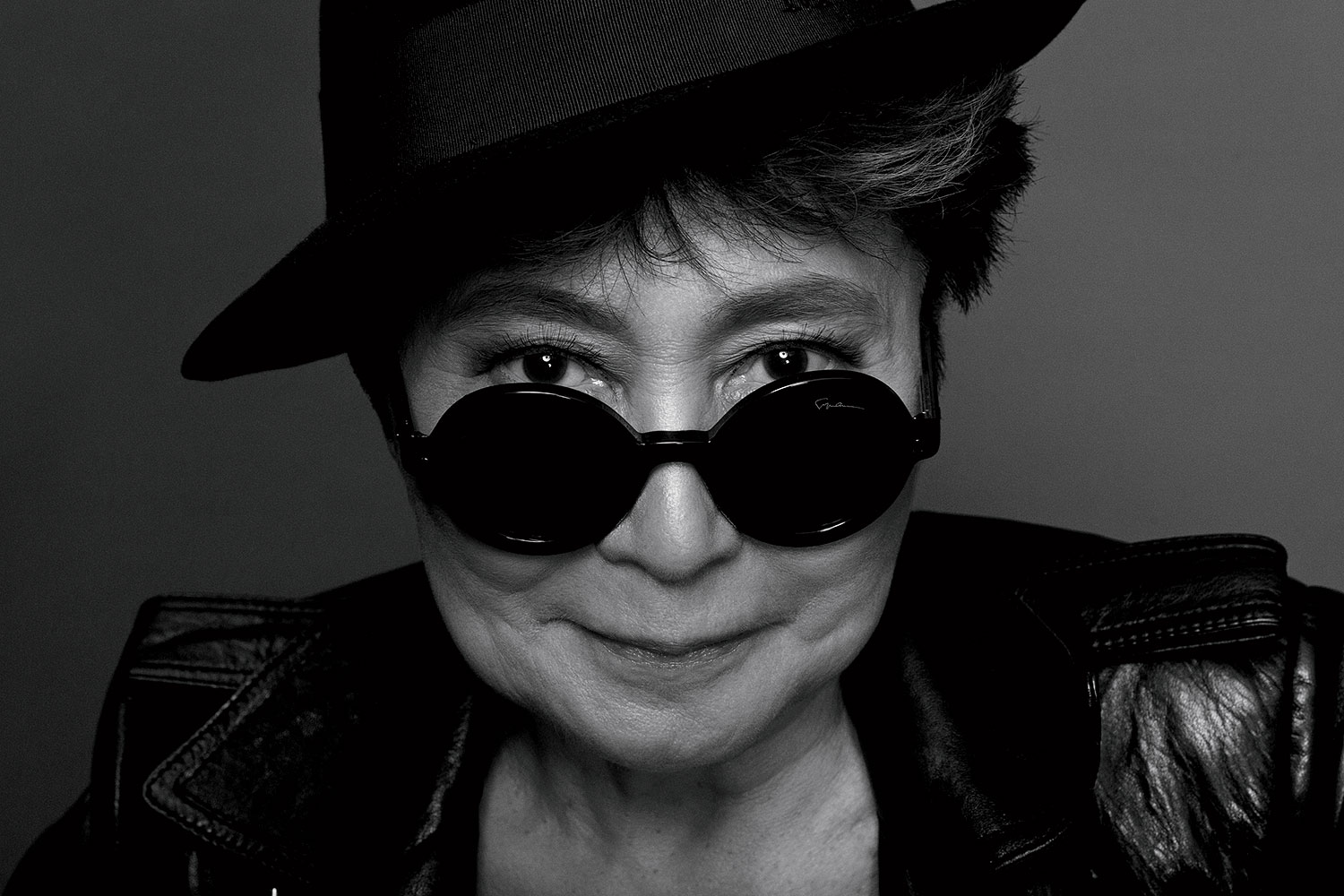In Yoko Ono: Poetry, Painting, Music, Objects, Events, and Wish Trees (May 10 to August 22), the Poetry Foundation spotlights Grapefruit, a lyrical book of life instructions that the artist and musician published in 1964. Visitors can read the text in its entirety, then go to the courtyard for the installation Wish Trees, where they can jot down a wish on a white shipping tag and attach it to a branch of one of 14 trees. We asked art director Fred Sasaki about the exhibit’s origins.
Why spotlight Yoko Ono’s poetry?
It has been integral to her work from the absolute beginning. In 1955, when she was at Sarah Lawrence, she published poems and a short story in the college paper. From very early on, it’s been a dream to feature her here.
How is Grapefruit an important poetic work?
It’s poetry as a way of thinking, looking, and being. There are different prompts on how to inhabit space and interact with one another. The grapefruit, a hybrid citrus fruit, is a metaphor for Ono’s blending of conceptual poetry, paintings, music, and performance. But it also represents her hybrid identity, moving between Western and Eastern worlds.
And what about Wish Trees? What is its relationship to poetry?
It specifically asks, How and where does a poem exist? What do you imagine? By transcribing wishes onto tags and tying them onto trees, it’s an opportunity to manifest your dream into being.



